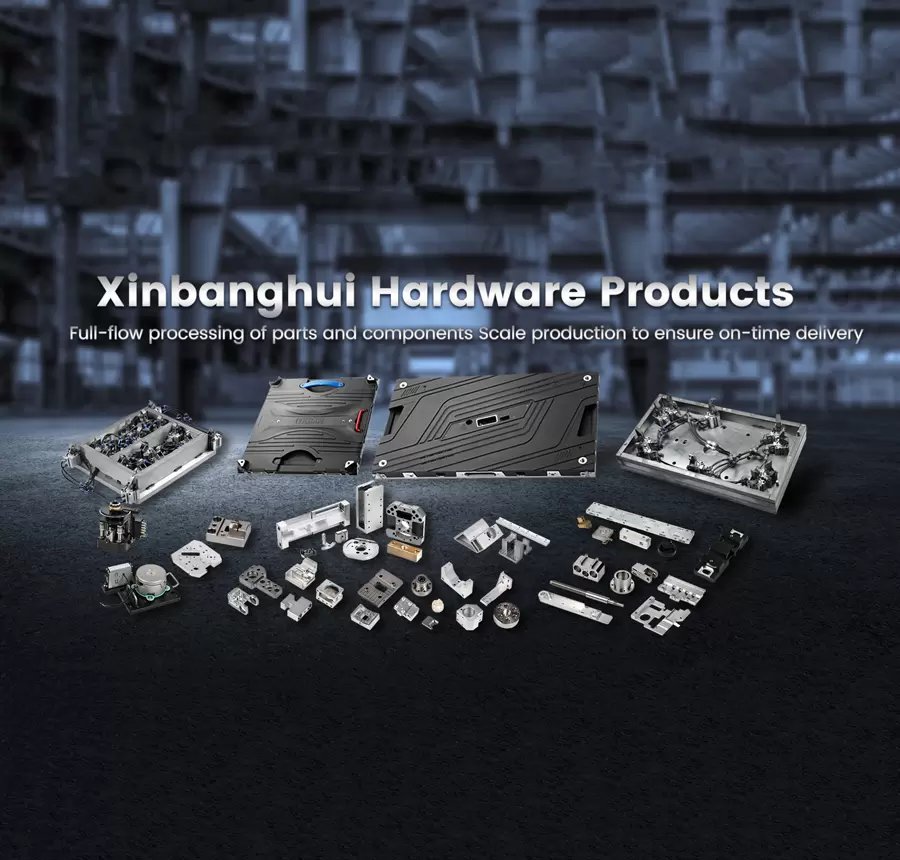Unveiling the Ideal Material for Drywall Partition: A Comprehensive Analysis
Drywall partitions are an essential component in modern construction, providing flexibility, cost-effectiveness, and ease of installation. However, selecting the best material for drywall partition can be a daunting task, considering the wide range of options available in the market. In this article, we will delve into the various materials commonly used for drywall partition and evaluate their properties, advantages, and disadvantages. By the end, you will have a clear understanding of the ideal material for your specific project.
- Gypsum Board:
Gypsum board, also known as plasterboard or drywall, is the most widely used material for partition walls. It consists of a gypsum core sandwiched between two layers of paper. The popularity of gypsum board stems from its fire resistance, sound insulation properties, and affordability. Additionally, it is easy to install and offers a smooth surface for painting or wallpapering. - Cement Board:
Cement board, made from a mixture of cement and reinforcing fibers, is a durable and moisture-resistant option for drywall partition. It is particularly suitable for areas prone to high humidity, such as bathrooms and kitchens. Cement board provides excellent strength, impact resistance, and mold resistance. However, it is heavier and more challenging to cut and install compared to gypsum board. - Metal Studs with Gypsum Board:
Combining metal studs with gypsum board offers a robust and versatile solution for drywall partition. Metal studs, typically made of steel, provide structural support and stability. They are lightweight, non-combustible, and resistant to warping or shrinking. When paired with gypsum board, this system offers enhanced sound insulation, fire resistance, and durability. Metal studs also allow for easy integration of electrical wiring and plumbing. - Glass Fiber Reinforced Gypsum (GFRG):
GFRG is a relatively newer material gaining popularity in the construction industry. It is made by reinforcing gypsum with glass fibers, resulting in a lightweight, strong, and eco-friendly option for drywall partition. GFRG offers excellent fire resistance, sound insulation, and thermal properties. It can be molded into various shapes and designs, making it suitable for intricate architectural details.
Conclusion:
After a thorough analysis of the different materials for drywall partition, it is evident that each option possesses unique characteristics and advantages. The ideal material depends on the specific requirements of your project, such as fire resistance, sound insulation, moisture resistance, or design flexibility. Gypsum board remains the most commonly used material due to its cost-effectiveness and versatility. However, cement board, metal studs with gypsum board, and GFRG offer specialized features that make them suitable for specific applications. By carefully considering the project's needs, you can make an informed decision and achieve the best results for your drywall partition.




